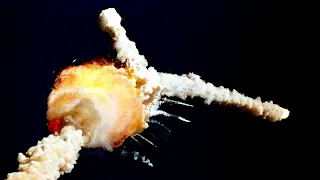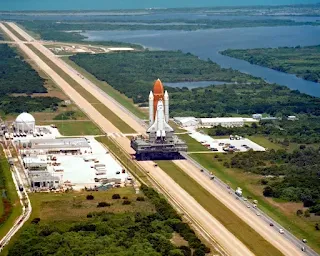[WorldCase] Space Shuttle Challenger disaster
The Challenger space shuttle disaster, one of the most tragic events in the history of the U.S. space shuttle program, occurred on January 28, 1986. STS-51-L, the 25th mission of NASA's shuttle program, was an ambitious project with objectives such as expanding satellite communications, remote education, and observing Halley's Comet. However, just 73 seconds after liftoff, the shuttle exploded, resulting in the death of all seven crew members.
Background of the Mission
This mission was part of NASA's "Teacher in Space" program, with civilian teacher Christa McAuliffe selected to conduct science experiments and remote lessons from space. The program, initiated in 1985, selected McAuliffe from over 12,000 applicants, garnering significant public attention. Simultaneously, NASA faced pressure to meet the rare opportunity of observing Halley's Comet.
The launch schedule faced multiple delays due to prior mission setbacks, weather conditions, and technical issues, eventually pushing the launch to January 28. On the day of the launch, temperatures were unusually low, around 30°F (-1.1°C), which contributed to the failure of the O-Rings in the rocket boosters, identified as the root cause of the disaster.
Sequence of the Disaster
At approximately 59 seconds after liftoff, flames began to emerge from the right rocket booster’s joint. This caused damage to the external fuel tank, leading to the catastrophic explosion at 73 seconds. Disturbingly, evidence suggests the crew may have survived the initial explosion. Emergency oxygen packs were activated on three of the seven crew members, but they ultimately perished upon impact with the ocean.
Impact of the Disaster
The Challenger disaster profoundly impacted NASA's shuttle program and space exploration. Shuttle launches were suspended for 32 months, during which extensive safety reviews and design improvements were implemented. The investigation revealed significant flaws in NASA’s bureaucratic culture and decision-making processes. Physicist Richard Feynman famously demonstrated the O-Ring issue during the inquiry, sharply criticizing NASA’s operational practices.
The Crew Members
The seven crew members who perished were highly skilled professionals from various fields:
- Dick Scobee: Commander, a veteran astronaut and Air Force lieutenant colonel
- Michael Smith: Pilot, a Navy commander
- Judith Resnik: Mission Specialist, the second American woman in space
- Ellison Onizuka: The first Asian American astronaut
- Ronald McNair: Physicist and the second African American astronaut
- Gregory Jarvis: Payload Specialist responsible for deploying the TDRS-2 satellite
- Christa McAuliffe: A civilian teacher selected for the Teacher in Space program
Causes and Lessons Learned
The immediate cause of the disaster was the failure of the right solid rocket booster’s O-Rings. The cold temperatures on the day of the launch compromised the elasticity of the O-Rings, leading to fuel leakage and the explosion. The tragedy highlighted not only technical flaws but also the need for organizational and cultural reforms within NASA.
The Challenger disaster, while devastating, served as a turning point, emphasizing safety as a paramount concern in space exploration. It remains a somber reminder of the risks inherent in space missions and a vital lesson in prioritizing safety over schedule pressures.




